20 Things That Have Absolutely No Business Being as Expensive as They Are

You’re not imagining it; life is definitely more expensive nowadays. Some everyday items and services, in particular, have reached absurd price levels, leaving people questioning why they’re paying so much for basic necessities. As inflation rises and the cost of living skyrockets, things that were once reasonably priced have become unattainable luxuries for many. From daily essentials to occasional splurges, here are 20 things that have no business being as expensive as they are today.
1. Bottled Water
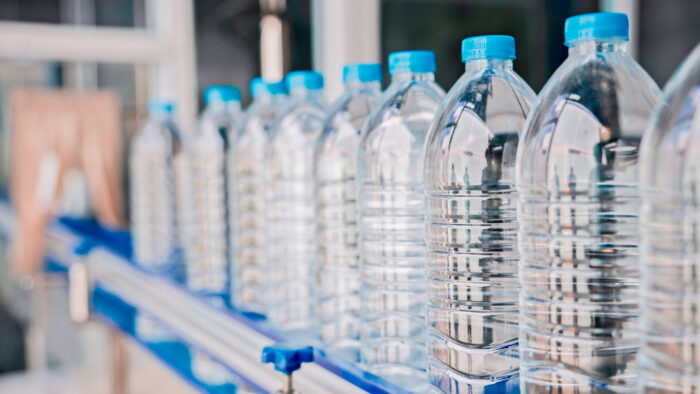
Bottled water, once a cheap convenience, has surged in price and can now cost more than a can of soda. With the rise of premium brands touting “purified” or “spring” water, companies are capitalizing on the demand for convenience and health-consciousness. Ironically, in many places, tap water is just as clean and costs a fraction of the price.
2. Airport Food
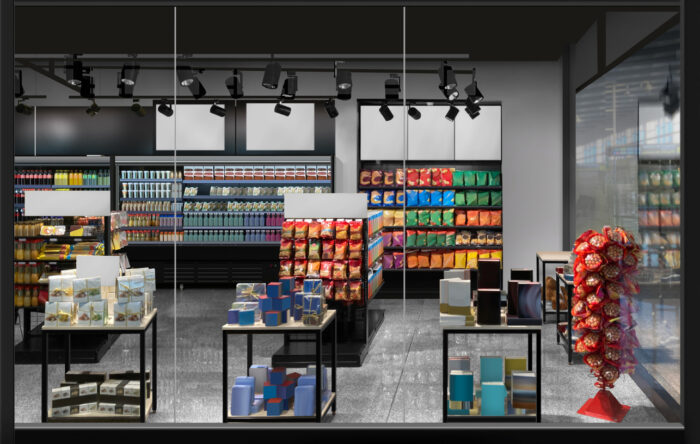
Eating at the airport now feels like paying a luxury tax, with food prices nearly double what you’d find outside the airport. Limited competition and captive customers enable vendors to charge exorbitant rates, and a lackluster croissant or coffee can easily drain your wallet before you even board your flight. And let’s face it — there’s nothing worse than paying $10 for a soggy sandwich.
3. Movie Theater Popcorn

The price of popcorn at theaters has ballooned to shocking levels, sometimes costing as much as a movie ticket. Since studios take a large cut of ticket sales, movie theaters are forced to rely on concessions to turn a profit. (But if you ask us, that sounds like a them problem.) As a result, customers feel gouged for something that costs pennies to make. We hate it here.
4. College Tuition

Since the 1980s, the cost of higher education has skyrocketed, forcing students to take out multiple loans to cover tuition. This has left many saddled with debt and financial stress. Despite promises of a brighter future, tuition increases have far outpaced both inflation and wage growth, leading many to question whether the value of a degree justifies the debt burden it carries.
5. Concert Tickets
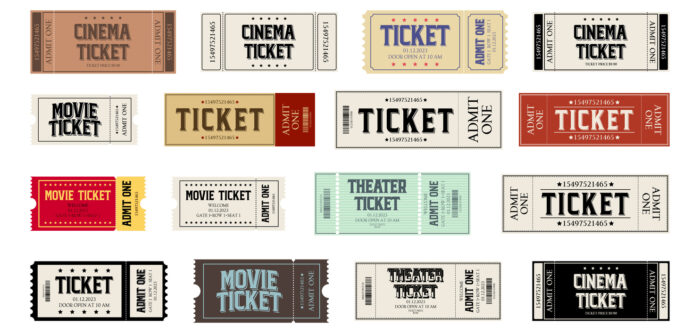
Attending a concert or play used to be an affordable treat, but now tickets come with eye-watering price tags. (Have you seen the prices for Taylor Swift’s Eras Tour?) With fees, VIP upgrades, and dynamic pricing, live shows have become a luxury only some can afford. To make matters worse, scalping and ticket resellers further drive up costs, pricing many fans out of events they used to look forward to.
6. Gym Memberships
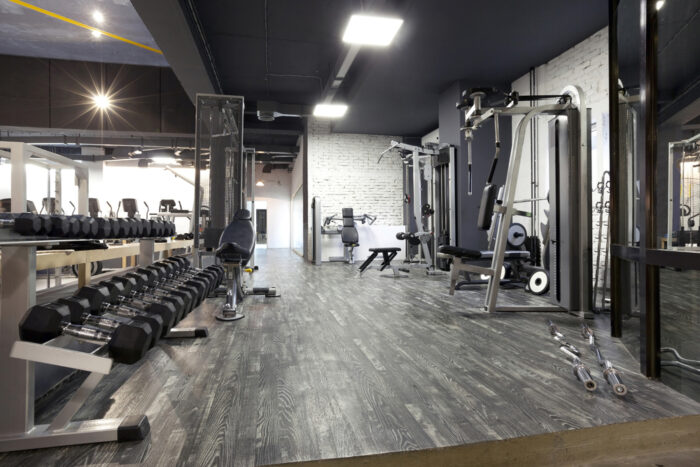
Gym memberships, especially at boutique or luxury fitness centers, can cost hundreds (if not thousands) of dollars a month. Despite offering basic equipment, the trend of upscale amenities has pushed prices higher. Meanwhile, budget gyms like Planet or Crunch Fitness provide the same physical results at a fraction of the cost. Just don’t expect chilled, cucumber-scented face towels at a Plant Fitness.
7. Subscription Services
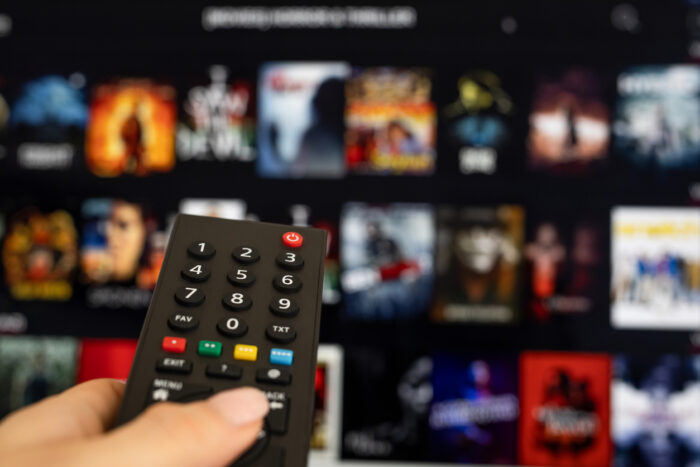
Streaming and digital services have steadily raised prices in recent years, often by introducing new tiers for ad-free experiences. What was once a more affordable alternative to cable TV has now become just as expensive, with multiple subscriptions needed for different content. This has left some consumers rethinking their commitment to so many platforms.
8. Housing

Since the Great Recession hit in late 2007, the U.S. housing market has seen extreme price inflation, making homeownership a distant dream for many people. Even rent, which was once viewed as a more manageable alternative to homeownership, has skyrocketed. Despite the high costs, salaries have lagged behind and many are struggling to find affordable housing.
9. Child Care

Have a young kid? You can relate to this next one. With rates surging to new heights, finding affordable child care is nearly impossible for many families across America, and experts fear the situation will only get worse. These costs, which are driven by a combination of regulatory requirements, labor shortages, and demand, are forcing parents to make difficult financial decisions to balance their work and family needs.
10. Textbooks

College textbooks have become shockingly expensive, with prices often reaching hundreds of dollars per book — which is ironic, since college students aren’t known for having a ton of money to their name. Publishers also regularly release new editions with minimal changes or additions, but have the gall to force students to buy the latest version. This has sparked a movement toward open-access resources and textbook rentals, because enough is enough.
11. Toilet Paper
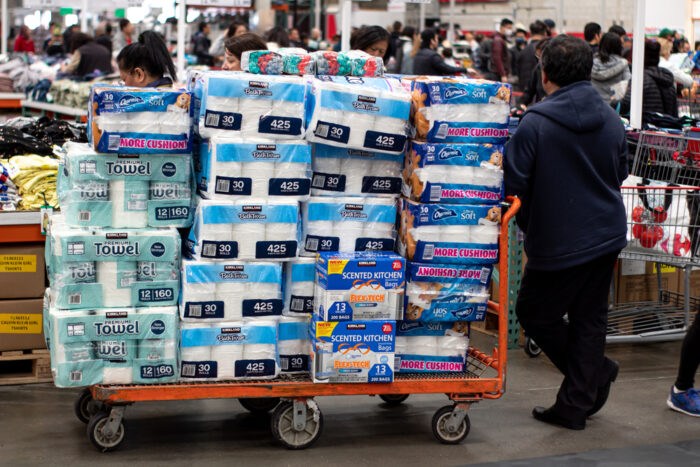
Even basic household items like toilet paper have seen a sharp price increase in recent years. Supply chain disruptions and increased demand during the COVID-19 pandemic contributed to the rise in cost. In hopes of optimizing their purchasing power, some shoppers are now rethinking bulk-buying strategies to save on everyday essentials.
12. Furniture

Furniture, especially for simple designs or even affordable IKEA-like items, has become surprisingly pricey. The rise is attributed to material and shipping costs, which have increased significantly due to supply chain disruptions and global demand. As a result, even basic or flat-pack furniture has seen steep price hikes. To add insult to injury, we’re still having to assemble most furniture, even after paying an arm and a leg for it.
13. Car Repairs
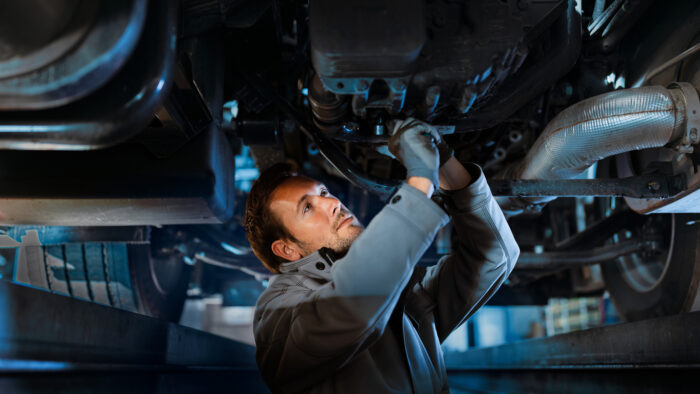
The dream of owning a car has become more burdensome as maintenance costs skyrocket, with parts and labor prices spiking. Mechanics pass rising material costs and supply shortages onto consumers, making even simple repairs like oil changes and tire rotations far more expensive. What used to be routine or easy fixes can now result in hefty bills.
14. Wedding Expenses

Having a traditional wedding? Be prepared to spend a ton of money. The cost of weddings has ballooned, with vendors and planners charging a premium for everything from flowers and photographs to catering and alcohol. Many couples now feel pressure to overspend, as the “wedding industry” pushes lavish trends and expectations. The average wedding now costs tens of thousands of dollars, with many couples going into debt to fund them. Ah, love.
15. Beauty Products
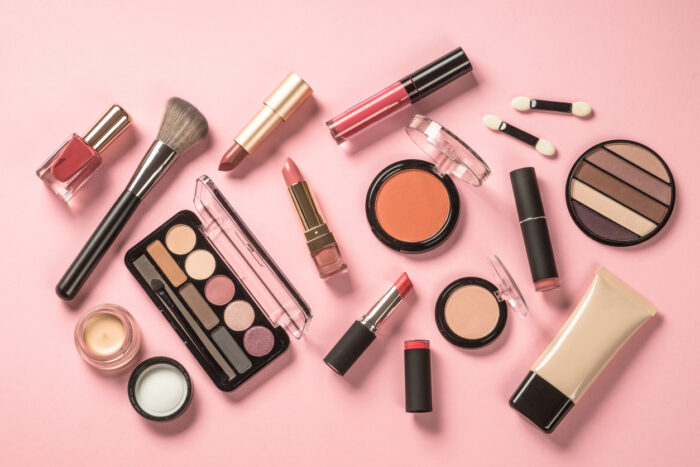
Skincare and makeup products have seen price hikes, with luxury brands pushing for higher costs. Many consumers now pay premium prices for branded goods, despite the fact that affordable alternatives often offer the same results and benefits. Marketing and packaging frequently drive up the price tag without improving product quality.
16. Used Cars
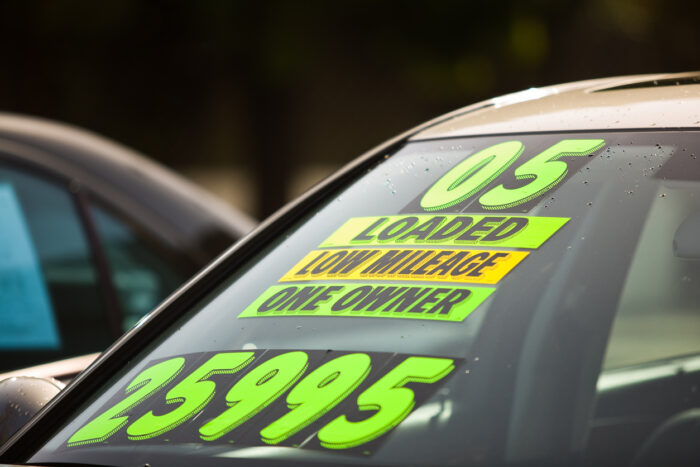
Used cars, once seen as a more affordable alternative to new vehicles, have skyrocketed in price due to supply chain issues and increased demand. With fewer new cars available, buyers have no choice but to turn to the used market. As a result, this has pushed the price of used vehicles to unprecedented levels. Some now sell for more than their original price when new, which is pretty crazy when you think about it.
17. Rentals
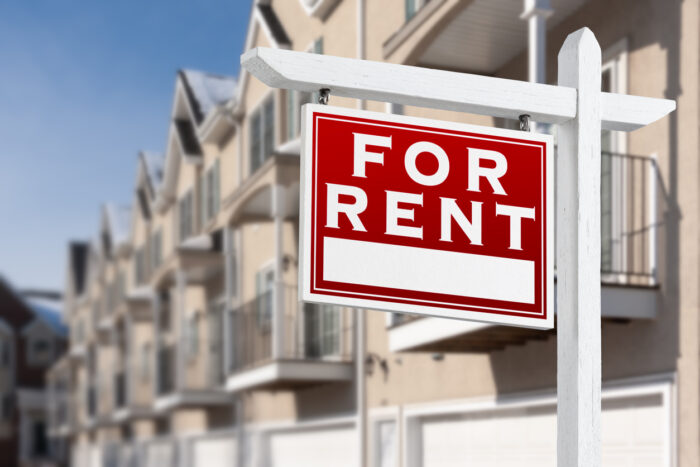
Rental prices for everything from homes and Airbnbs to tools and even electronics have increased dramatically. As property owners and rental companies face higher costs themselves, those increases are passed down to consumers. The result is a market where renting can often cost more than owning a starter home, leaving people with fewer options to stay within budget.
18. Hotel Stays

Not to be left behind, hotels have raised prices significantly, even for basic accommodations or bookings made well in advance. With travel rebounding after the pandemic, many hotels are now charging customers more while offering fewer amenities. What was once an affordable getaway has now turned into a major financial decision for many travelers.
19. Pet Food

The cost of feeding our furry babies has also gone up, especially for specialty or premium brands that offer minimally-processed foods. As more people adopt pets and demand better ingredients, companies have raised prices across the board to keep up with demand. Even basic kibble has become pricier, making the costs of pet ownership more expensive than ever.
20. Insulin

Prior to a cap on the cost of insulin that took effect in January 2023, life-saving insulin had become prohibitively expensive, forcing some diabetics to ration their doses. Despite being discovered over a century ago, pharmaceutical companies, driven by corporate greed, continued to charge exorbitant prices. This sparked public outcry, with many calling for stricter regulations on essential medicines. Despite the cap, many people who need insulin are still unable to afford the necessary medicine.